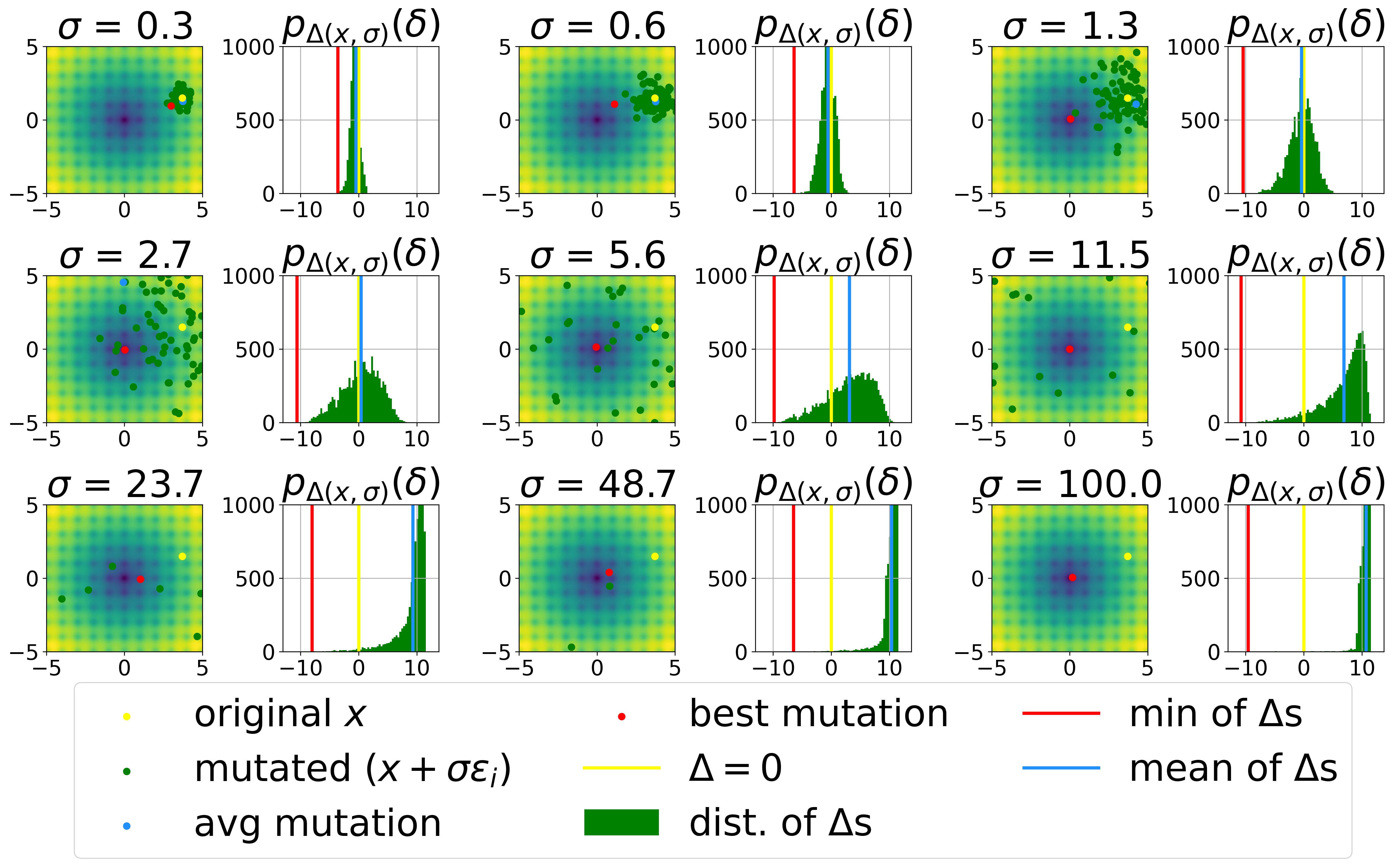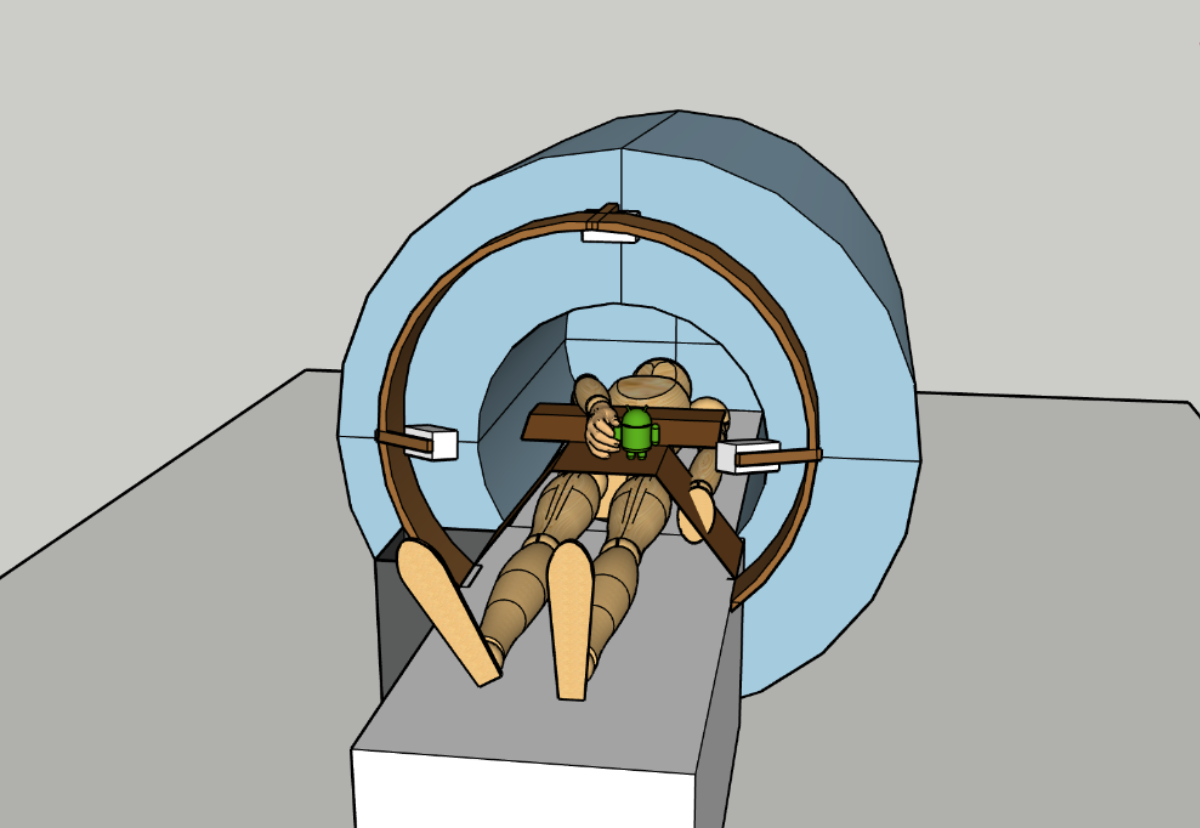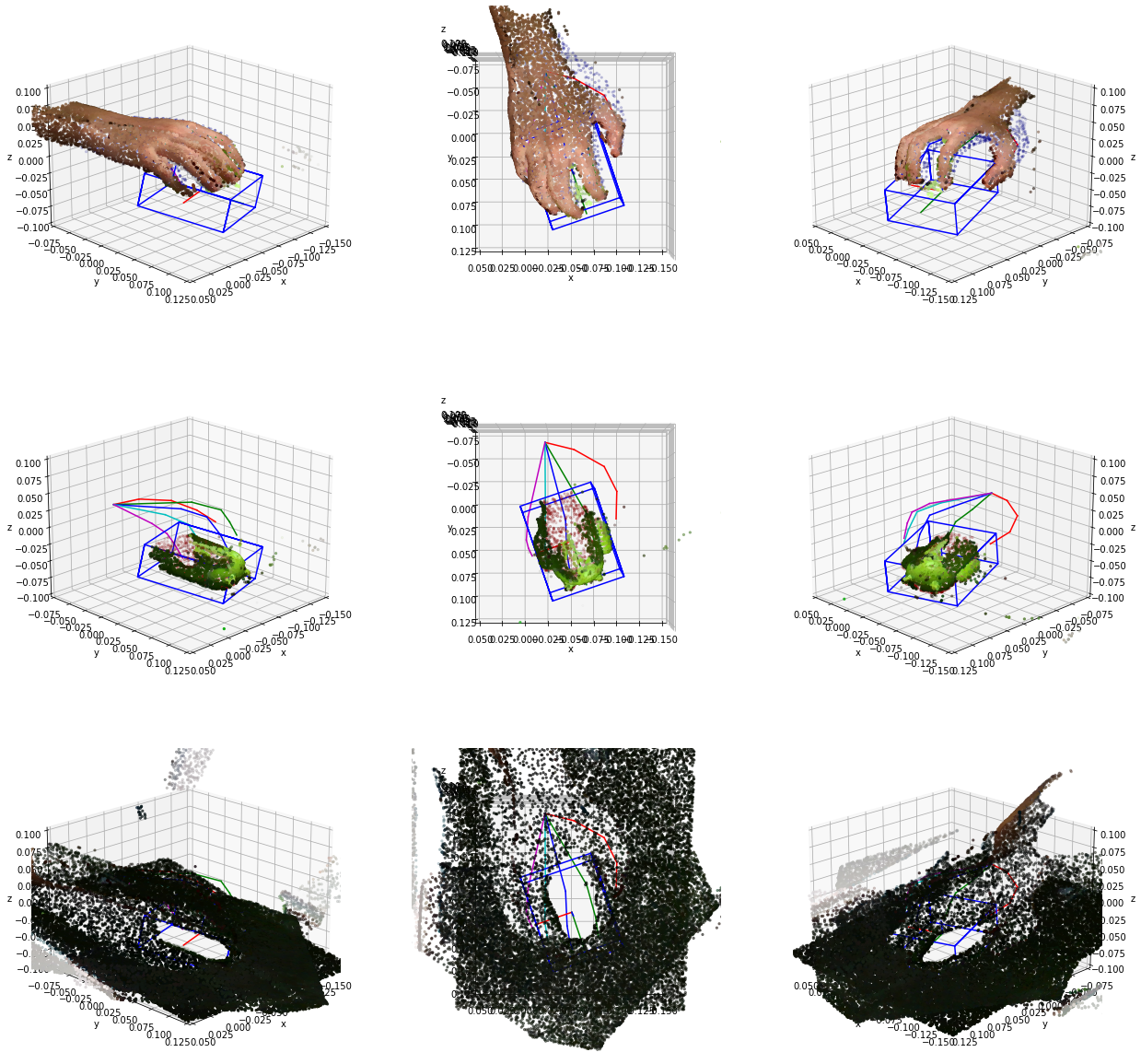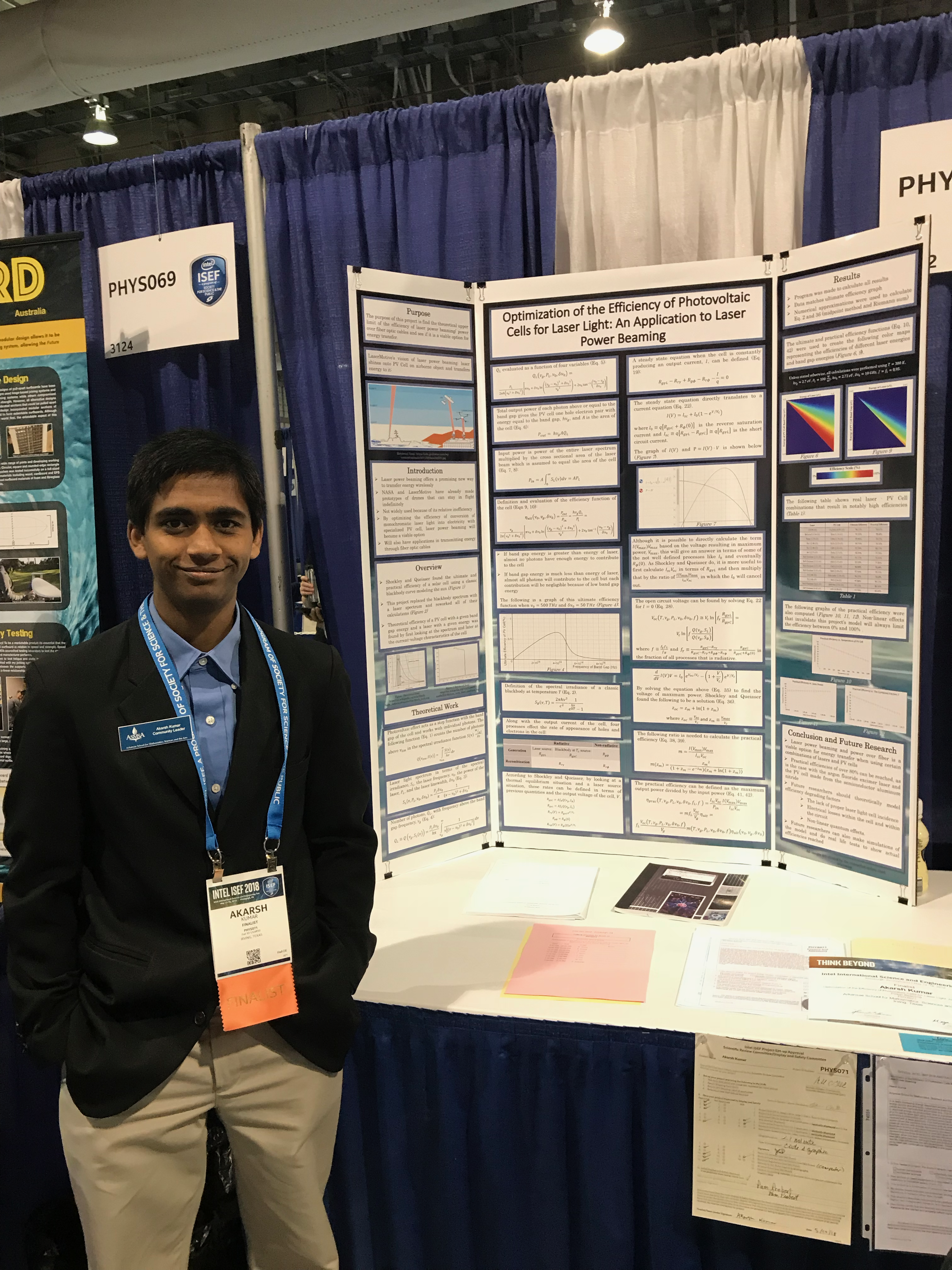Akarsh Kumar
Human-Like Open-Ended Design via Foundation Models
Accepted at GECCO 2022 Minecraft Open-Endedness Challenge
We created an Open-Ended algorithm to generate pixel art in Minecraft using foundation models like CLIP and GPT-3.
Effective Mutation Rate Adaptation through Group Elite Selection
Accepted at GECCO 2022
Abstract:
Evolutionary algorithms are sensitive to the mutation rate (MR);
no single value of this parameter works well across domains.
Self-adaptive MR approaches have been proposed
but they tend to be brittle; for example,
they sometimes decay the MR to zero, thus halting evolution.
To make self-adaptive MR robust, this paper introduces the
Group Elite Selection of Mutation Rates (GESMR) algorithm.
GESMR co-evolves a population of solutions and a population
of MRs, such that each MR is assigned to a group of solutions.
The resulting best mutational change in the group, instead
of average mutational change, is used for MR selection during evolution,
thus avoiding the vanishing MR problem.
With the same number of function evaluations
and with almost no overhead, GESMR converges faster
and to better solutions than previous approaches on a wide range of
continuous test optimization problems. GESMR also scales well to high-dimensional
neuroevolution for supervised image-classification tasks and for
reinforcement learning control tasks.
Analysis of the distribution of function changes during mutation
explains why self-adaptation is prone to premature convergence
and how GESMR overcomes this issue.
Empirically, GESMR produces MRs that are optimal in the long-term,
as demonstrated through a comprehensive look-ahead grid search.
GESMR and the analysis have theoretical and practical
implications for the fields of artificial life and evolutionary computation.



Physically Plausible Pose Refinement using Fully Differentiable Forces
Presented at EPIC@CVPR 2021
Abstract:
All hand-object interaction is controlled by forces that the two bodies exert on each other,
but little work has been done in modeling these underlying forces when doing pose and contact
estimation from RGB/RGB-D data.
Given the pose of the hand and object from any pose estimation system, we propose an end-to-end
differentiable model that refines pose estimates by learning the forces experienced by the object
at each vertex in its mesh. By matching the learned net force to an estimate of net force based
on finite differences of position, this model is able to find forces that accurately describe the
movement of the object, while resolving issues like mesh interpenetration and lack of contact.
Evaluating on the ContactPose dataset, we show this model successfully corrects poses and finds
contact maps that better match the ground truth, despite not using any RGB or depth image data.





FIRM Project
Presented at Intel ISEF 2018
 |
Abstract: Advisor: Dr. Brian Monson |